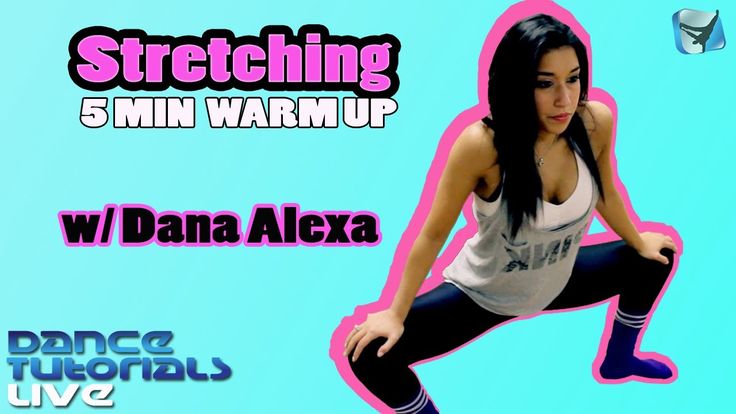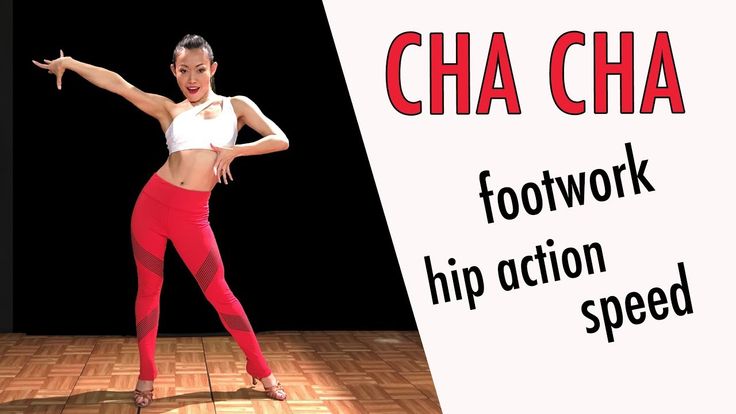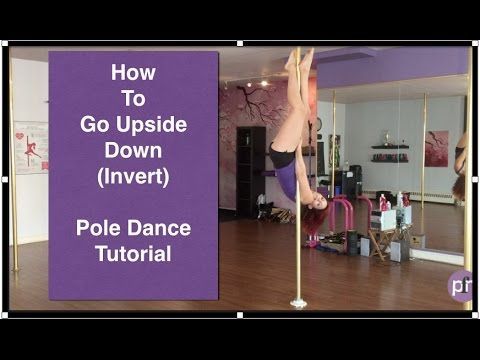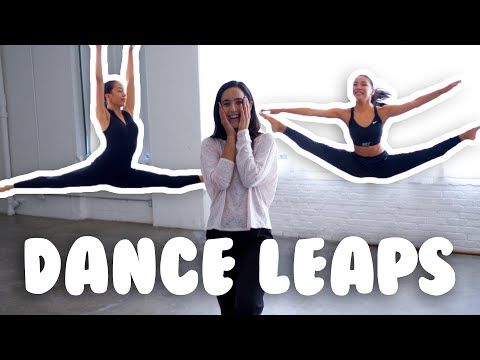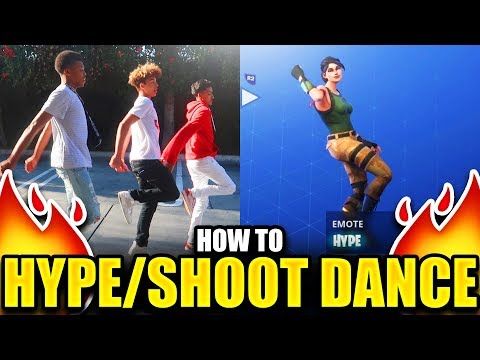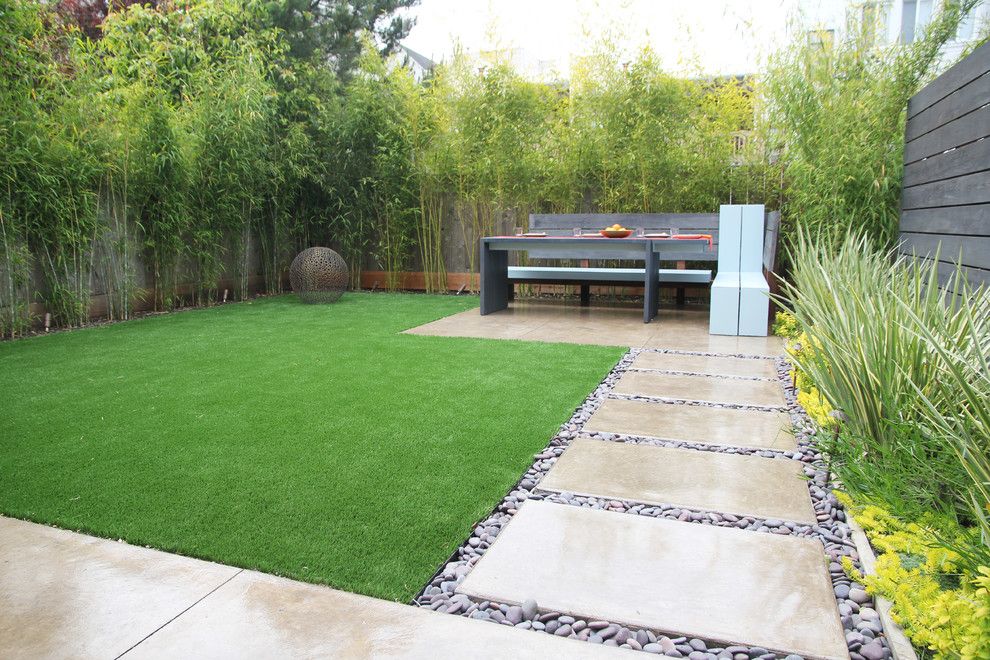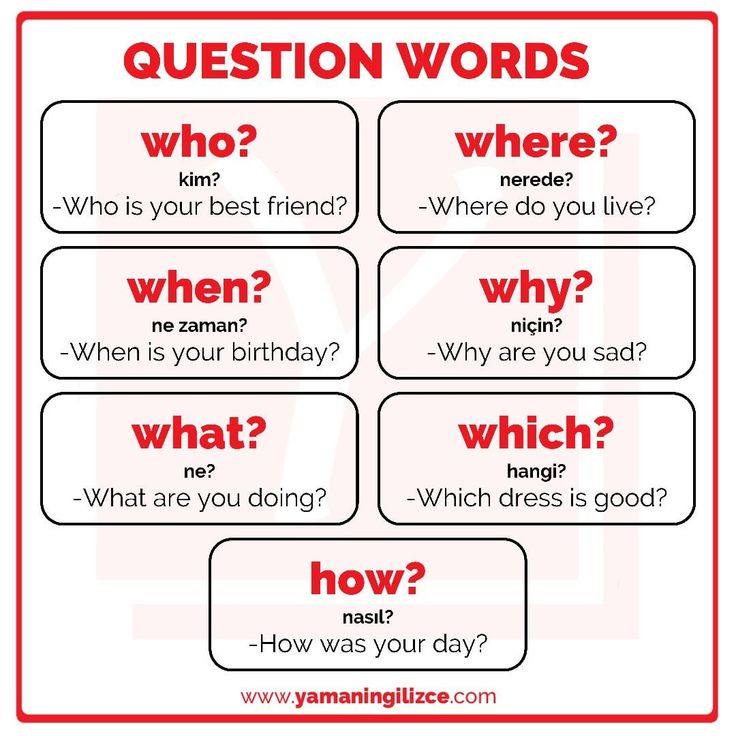How to stretch before dancing
Do These Stretches To Dance Better (And Stay Injury-Free!)
We all know that stretching is important for you to dance better.
That's why we sought professional advice from Karen Moran, owner, founder, and clinical director of FusionArts Physical Therapy in Encino, CA. to help you stretch the right way.
Here’s what you need to stretch to dance better and stay injury-free!
When to stretchThis may sound hard to believe, but there is such a thing as over stretching.
Most dancers use stretching as the only way to get ready to dance; however, stretching without any kind of warm-up could set you up for injury.
"It’s important to warm up before class or before a performance; do something cardiovascular to warm your body up and to increase your heart rate.”
– Moran
Moran’s clients range from dance students to professional performers, and neglecting to stretch after dancing is one of the most common mistakes her clients make.
“Most dancers or performers just run out of the theatre after their performance is over. They remove their makeup, take off their costumes and off they go. It’s so important to take 5 or 10 minutes after a show to stretch before going home and, if they can’t, then once they get home.”
And consistency is key – incorporate stretching as well as these 5 Simple Daily Practices To Improve Your Dancing
What to stretchThough dancing is a full-body workout, some muscles are used more than others and therefore, need more attention after.
Stretching your feet and legs seems like a no-brainer, but there are other muscles at work that aren’t as obvious.
Your hip flexors, for example, allow you to lift your knees and bend your waist.
They also play a key role in keeping your hips and lower back strong, flexible, and aligned. Your quadriceps move your knees and help rotate your hips.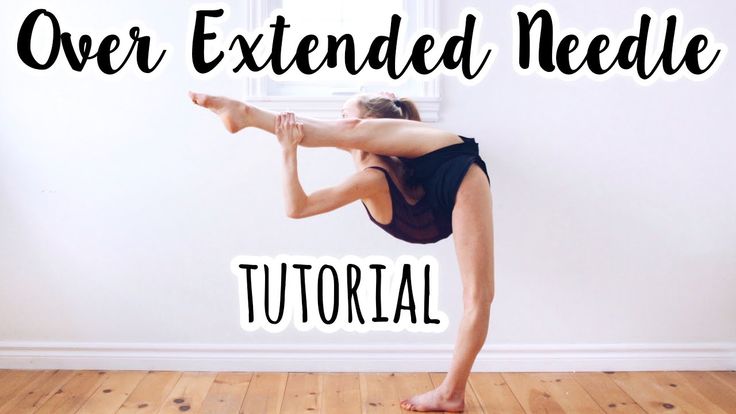
They are involved and engaged in almost all leg movements.
The piriformis muscle is located behind your gluteus maximus and assists with rotating your hips and turning out your feet.
Stretch these often-neglected parts of your body in order to dance better and stay injury-free!
How to stretch
Hip Flexor/Quad
Kneel in a deep lunge with your back leg on the floor. Flatten your back until you feel the stretch in the front of your hip.
Make sure you tuck your pelvis in to ensure your back is flat; sinking into your back too much is too much extension.
Hold for 20 to 30 seconds and repeat on the opposite side.
Stand holding onto a chair with your right hand and grasping your left foot with your left hand.
Maintain a flat back and pull your heel toward your butt, keeping your knee close to your opposite leg.
Make sure you tuck your pelvis and be careful not to hike your hip up. Hold for 30 seconds and repeat on the opposite side.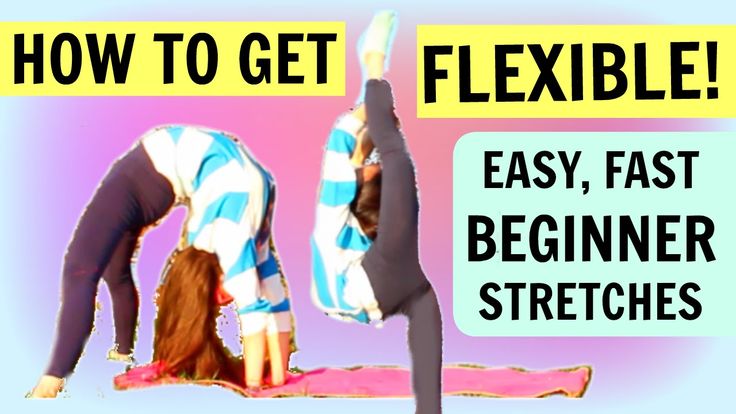
Calves/Heels/Feet
Stand with your right foot behind you and left foot in front. Keep your heels on the floor and your feet parallel. Bend your front leg while keeping your back leg straight.
Put both hands on a wall and lean forward, keeping your arms straight, until you feel the stretch in your calf. Hold for 30 seconds and repeat on the opposite side.
Start in the previous stretch position and bend both knees. Lean into the wall until you feel the stretch in your lower thigh. Make sure you keep your back straight.
Hold for 30 seconds and repeat on the opposite side.
Piriformis
Lay on your back with your knees bent and place your right ankle on the opposite knee.
Grasp your unelevated thigh behind the knee and pull gently toward your chest until you feel the stretch in your butt.
Hold without bouncing for 30 seconds and repeat on the opposite side.
Hips
Sit upright on top of a foam roller (Moran recommends using OPTP brand) and cross your right leg over the left knee as shown.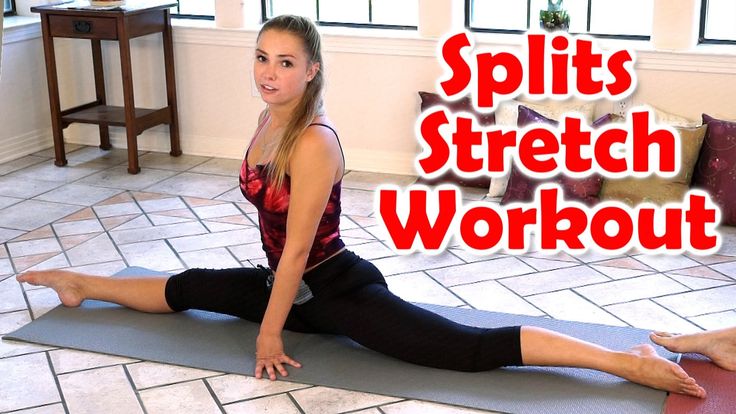
Place your hand beside you on the roller, feeling the stretch in your hip.
Make sure your knee isn’t too high and you’re sitting directly on your sit bones (the bones directly under your butt). Hold for 30 seconds and repeat on the opposite side.
Knee Flexion
Lay on your back with a towel roll under your lower back. Place a resistance band under your left foot and use it to raise your left leg.
Keep the opposite knee bent with your foot flat on the floor. You should feel the stretch in the back of the thigh. Hold for 30 seconds and repeat on the opposite side.
Repeat two times.
Listen to your body! If you feel pain doing any of these stretches, then stop immediately.
Don’t be afraid to seek professional help from a physical therapist if you have recurring pain.
If you keep your body happy and make sure to give it some TLC, then it will return the favor and help you keep dancing for as long as possible.
Special thanks to Telley Maybir (GRV, Boxcuttahz), Ervin Buenaobra (Director of Cerritos Dance and Drill and IQ, Prototypes, Fam Biz), and Quest Studios.
Liked those stretching tips? You might enjoy this video, too!
We hope this guide helped give more examples of helpful stretches you can do to dance better and keep the injuries far, far away. Share this article with your dancer friend that could use the tips!
5 Types of Stretches for Dancers | Spotlight Vermont Blog
It’s not secret that stretching correctly is beneficial to anyone. Dancers on the other hand, need a bit more attention to their daily stretch routine.
NOTE: Please listen to your body, over stretching or stretching and feeling pain may be the sign of a bigger issue.
1) Shoulder Stretches
- Bringing one arm up and over behind your head, bend at the elbow and gently push toward the opposite ear to feel a stretch in the back of your arm.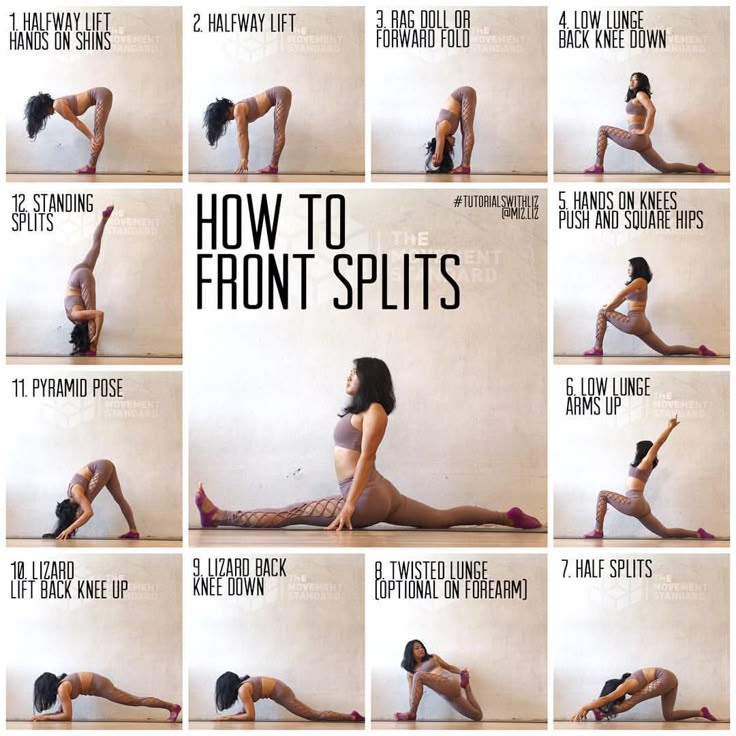
- On a table, chair, ballet barre, or other strong object that is about chest or shoulder high, put both hands on with straight arms and gently push your body down leaving your head level with a flat back. Your upper body and face should be facing the floor. Hold this position for a great shoulder stretch for about 30 seconds.
2) Leg and Hip Stretches
- Start with one leg in front of the other by about 2 feet (give or take) with your front foot in parallel and back foot turned out for stability. Lean over your front leg and hug it as best you can. you can always place one hand on the floor for extra stability if you need it. Hold for 15-20 seconds. Repeat 2-3 times on each leg.
- Sit on the floor with both legs straight out in front of you. Making sure your knees are pointing up to the ceiling, lean over and touch your toes (or try to!). You can do this stretch with pointed feet or flexed feet for added stretching.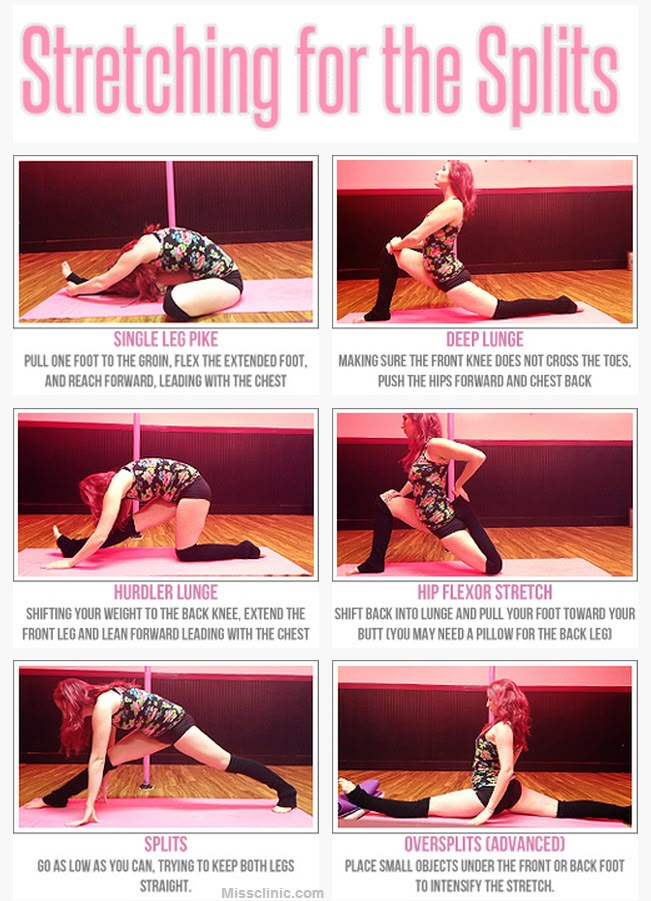 Hold for 20-30 seconds and repeat 2-3 times.
Hold for 20-30 seconds and repeat 2-3 times.
- Sit on the floor with your feet touching and heels together in the butterfly position. Keeping your hands resting on your heels, use your elbows to push down on your knees and bend over your feet. This is a great stretch for your hip adductors.
3) Seal Stretch
- The seal stretch is a great option for stretching out your lumbar spine and can be soothing when sitting for long hours at a time, like behind a desk or in a classroom. Lay with your stomach on the floor with your arms propped up about shoulder width underneath you. Push up your upper body and breath through the stretch. To make the stretch deeper, let your head rest back with your face up to the ceiling. Every person’s body and level of flexibility is different so you may need to adjust the position of your hands to find the most comfortable and beneficial stretch.
4) Side Twist
- It is exactly how it sounds. Standing with the side of your body next to a counter, table, or ballet barre, turn your upper body only toward the stable object. Try looking over the shoulder you are turning toward. Hold this stretch for about 15 seconds for 3 rounds turning to each side.
Standing with the side of your body next to a counter, table, or ballet barre, turn your upper body only toward the stable object. Try looking over the shoulder you are turning toward. Hold this stretch for about 15 seconds for 3 rounds turning to each side.
5) Foot Stretches
- Lay on your back and bend on leg in holding it to your chest. Raise your other leg and point your foot as much as you can. Point for 15 seconds and then flex that foot for 15 seconds putting purpose into each movement. Repeat pointing and flexing 3-5 times on each leg switching the straight and bent legs.
- Dancers know how important their feet are so this stretch is done often, and even in class. Stand next to something sturdy and cross one foot over the other with the top foot pointing down and the top of that foot resting on the standing foot/floor. The arch of your foot should be pointing up and away from the floor. Bend and straighten both knees in 5 second pulses to increase the arch in the non-standing foot. Repeat on for both feet.
Repeat on for both feet.
Stretching is different for everyone and there are many types of stretches that a dancer can do. With positive attitude and a lot of patience, you too can increase your flexibility!
Spotlight Vermont, StretchesGuest UserComment
0 Likesvideos for ballrooms and others
Warm-ups for dancing
Like any activity that requires muscle work, dancing can be beneficial, but it can significantly harm the body. Of course, the latter option is possible when the hasty dancers start rehearsing without a preliminary warm-up. How to do it correctly?
Contents
- What is warm-up?
- What not to do!
- Basic rules
- How long should you warm up?
- What shall we do?
- Inhale deeply, arms wide
- Attention - spine
What is warm-up?
Dance warm-up has its own characteristics that distinguish it from the exercises performed by athletes or gymnasts. What does she represent?
What does she represent?
A warm-up before dancing is a set of simple movements that improve blood circulation and increase the range of motion of the joints. Its main task is to smoothly warm up the body, preparing it for more complex and serious loads. If you neglect this important part of the rehearsal, then you can easily earn a sprain, dislocation or even rupture of the ligaments. Another, this time a secondary, warm-up task is working out dance moves that you will use during the main session. It is not even so much about the movements themselves, but about individual simple elements: rotations, steps, inclinations and deflections.
In athletics, unlike dance, a different approach is used, strength warm-up is important here. The load on the muscles and the complexity of the movements are many times higher. But, for example, yoga and Pilates involve entering a certain state under the warm-up, “tuning” the body to a high level of concentration.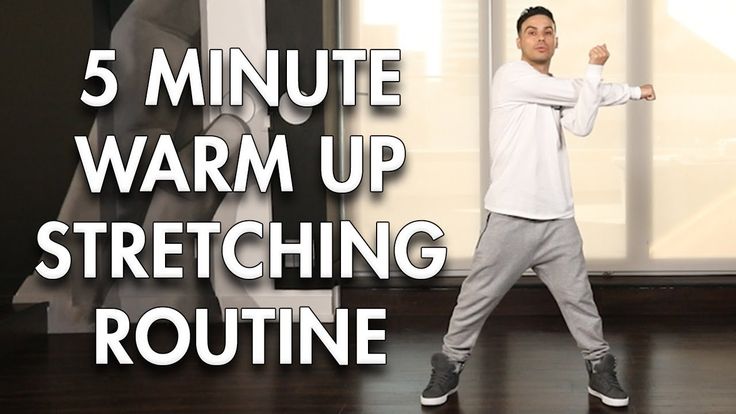 nine0005
nine0005
What not to do?
In any sport, from running to wrestling, the first thing that novice athletes learn is the ability to fall correctly and not make mistakes that can cause the end of an Olympic champion career that has not begun.
When it comes to the warm-up, remember what not to do:
- Don't go all out during the warm-up. Your task is not to break Guinness records, but only to gently and gently warm up your muscles. Competitions in speed, strength and flexibility are not about warming up. nine0014
- Don't waste time warming up. Intense warm-ups based on a complex combination of exercises are an element of great sport. This is usually how professional athletes warm up before the start of the competition in order to work out acceleration from a standstill. For you, this practice can result in increased stress on the heart and injuries.
- Do not use complicated movements. Try to focus on simple dance steps that give a moderate load on the muscles and do not require prior preparation.
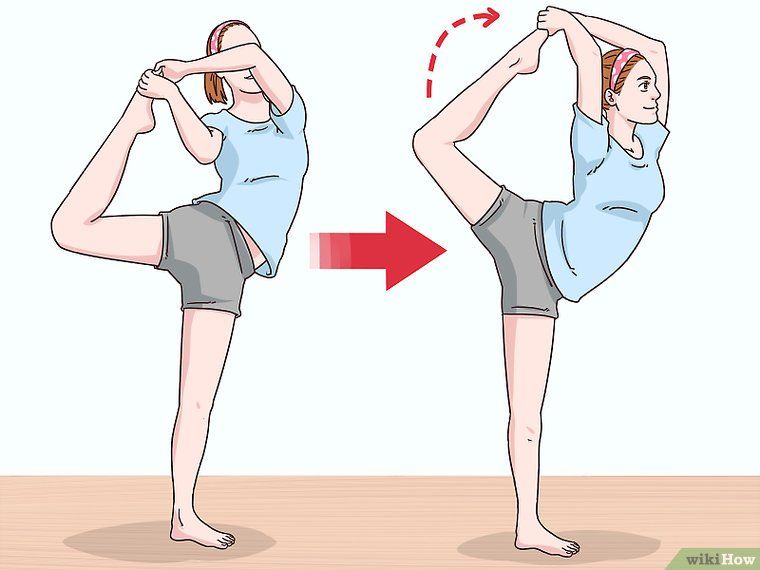 Remember that the rehearsal itself is waiting for you ahead, which will also require strength and energy. nine0014
Remember that the rehearsal itself is waiting for you ahead, which will also require strength and energy. nine0014
Basic Rules
Before starting to warm up for dancing, you should first of all tune in, feel your own body. Thus, you can not only perform the exercises, but also enjoy the moment. Naturally, it should be performed in the form in which you will be dancing, so change clothes - and go!
Unlike competition suits, rehearsal uniforms should be as comfortable as possible. It is advisable to use light cotton knitwear, as they have sufficient hygroscopicity, and the skin in them "breathes" throughout the session. As for shoes, if we are not talking about tap dance, you can rehearse in ordinary Czech shoes, or even better - barefoot. nine0005
How long should you warm up?
As for the time it takes to put the muscles on alert, it all depends on the particular type of dance. But in general terms, we can say that it should take about half an hour to complete the exercises, so renting a dance hall on an hourly basis should be planned taking this time into account.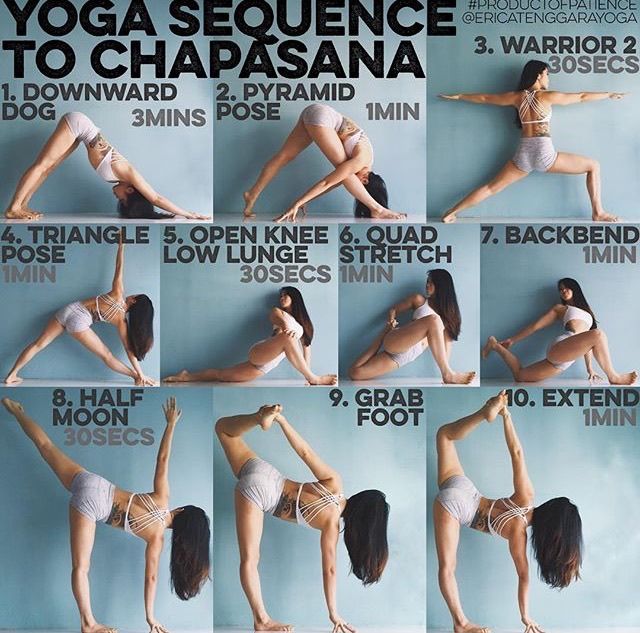 For dances with elements of acrobatics, it may take twice as long to warm up, since it is necessary not only to warm up the muscles, but also to set up your vestibular apparatus for the upcoming work
For dances with elements of acrobatics, it may take twice as long to warm up, since it is necessary not only to warm up the muscles, but also to set up your vestibular apparatus for the upcoming work
Attention - the spine!
During the main warm-up before dancing, you should pay attention not only to the muscles and joints, but also to the spine. Its flexibility and readiness for dance movements is the key to safe classes. The spine itself is a rather “lazy” part of our body. It easily adapts to static positions, and with age it completely loses mobility, becoming overgrown with salts and losing cartilaginous layers. The well-known gentle bends are a very suitable way to develop the spine before starting a rehearsal. Make sure that the movements are smooth and restrained. Then your back and its main supporting element will not suffer from excessive compression or displacement, which is fraught with unpredictable complications. nine0005
What shall we do?
A set of exercises, as a rule, is developed by trainers, taking into account the specifics of a particular dance direction. Different dances - the warm-up is also different. So, girls who prefer oriental dances need to pay special attention to the muscles of the thighs and chest (for example, “draw” eights with them). It is important for hip-hop performers to set aside time for cardio exercises, and for strip plastics, stretching and a thorough warm-up of the hands are necessary. If you prefer ballroom dancing, the warm-up should be aimed primarily at coordination of movements, since this type is paired. nine0005
Different dances - the warm-up is also different. So, girls who prefer oriental dances need to pay special attention to the muscles of the thighs and chest (for example, “draw” eights with them). It is important for hip-hop performers to set aside time for cardio exercises, and for strip plastics, stretching and a thorough warm-up of the hands are necessary. If you prefer ballroom dancing, the warm-up should be aimed primarily at coordination of movements, since this type is paired. nine0005
However, if you decide to take up dancing on your own, without a coach, then master a small set of exercises that can be called universal. It can be performed before any workout, if necessary supplemented with exercises that are typical for each individual direction. For those who prefer dancing, warm-up - the video will illustrate everything clearly.
Deep breath, arms wide
What do the universal warm-up exercises before dancing include? First of all, these are head tilts - both forward and backward, and to the sides, as well as turns and rotation with this part of the body. nine0005
nine0005
Next, you should shift your attention to the shoulders and stretch them in the same way (raise and lower, rotate back and forth). Warming up will help the mixing and breeding of the shoulder blades.
Make time for your back: make several bends (forward, keeping your back straight, to the sides, back). Do not forget about stretching - when lateral tilts, perform movements as smoothly as possible, as if sliding. Warm-up for dance will be incomplete if you ignore the hips. Rotate them, do squats and lunges. After such a complex, your muscles will be filled with warmth, and you can easily perform even the most complex movements. nine0005
In any case, you may prefer different dances - dance warm-up remains a mandatory element of each class.
Warm up before the dance
Warm up before the dance
Every dancer knows how important it is to warm up the body before dancing. A proper warm-up will prepare your body for dancing and help warm up your muscles to prevent injury. If a person is in a hurry, then he can easily neglect the warm-up session or do it too quickly. But in fact, the body is always craving a slow, gradual awakening. And it is worth remembering that if you conduct a proper warm-up, then a person will be covered in sweat, even before he has even begun to dance. So, one should try to think of warming up in two phases... dynamic stretching and then static stretching. nine0005
A proper warm-up will prepare your body for dancing and help warm up your muscles to prevent injury. If a person is in a hurry, then he can easily neglect the warm-up session or do it too quickly. But in fact, the body is always craving a slow, gradual awakening. And it is worth remembering that if you conduct a proper warm-up, then a person will be covered in sweat, even before he has even begun to dance. So, one should try to think of warming up in two phases... dynamic stretching and then static stretching. nine0005
Dance warm-up
Dynamic stretch
Every serious athlete starts their training session with a dynamic warm-up. Dynamic stretching essentially looks like just the movements during stretching. It would seem that just sitting on a stretch is a good way to warm up before you start dancing, but stretching "cold" muscles can actually lead to injury. Dynamic stretching will help to disperse the blood flowing through the muscles, relax and prepare the muscles, ligaments and joints.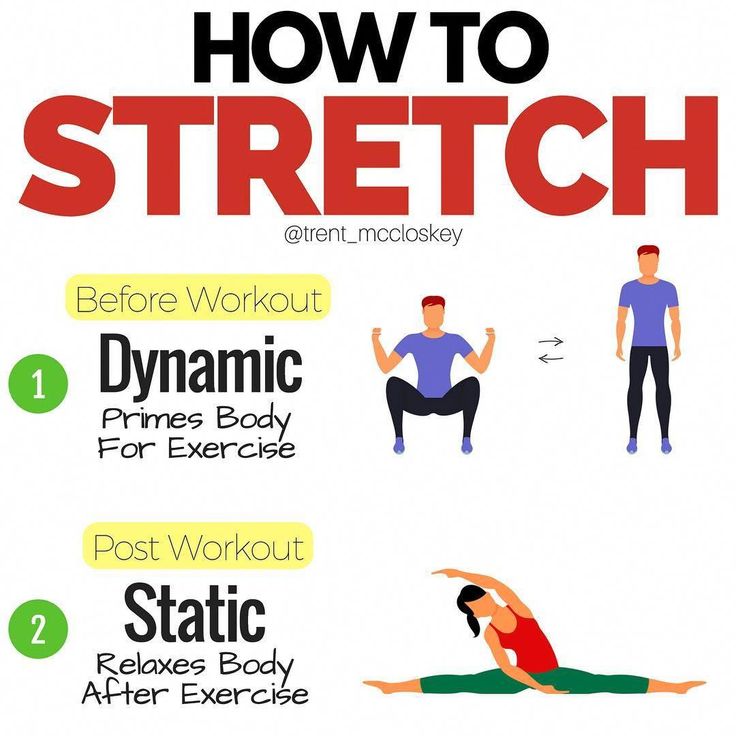 An increase in heart rate will circulate blood through the body. nine0005
An increase in heart rate will circulate blood through the body. nine0005
Dance warm-up
Worth a try
The following movements and exercises can be incorporated into a dynamic stretch that is ideal for dancers. You need to spend about five minutes at this stage of the warm-up.
Running in Place - Ballet dancers often practice running in place backstage while fully warming up before performing.
Shoulder Roll - The blood flowing through the arms can be dispersed by gently rolling the shoulders. Then they need to be moved up and down, as well as forward and backward. nine0005
Leg movements - swinging the legs back and forth can quickly warm up the lower body. In this case, you should hold on to a chair.
Dance warm-up
Static stretch
Static stretch is performed while the muscles are still “cold”, unlike dynamic stretch. Static stretching is achieved by stretching the muscles to a point of tension and holding that position for a few seconds at a time. This type of stretch will help lengthen and relax your muscles, as well as increase your overall flexibility. nine0005
This type of stretch will help lengthen and relax your muscles, as well as increase your overall flexibility. nine0005
Warm-up before dance
Worth a try
Static stretching should be done before dancing to prevent muscle injury and after dancing to prevent muscle tightness. You should strive to hold a static stretch for 10-60 seconds.
Touching the toes - put the feet parallel to each other, bend down and touch the toes. In this case, the knees should be kept straight, if possible. As flexibility develops, you should try to wrap your arms around your legs from behind. nine0005
Stretch Split - Dancers benefit greatly from the ability to do splits. It is worth trying to hold the body in this position for 30-60 seconds.
Leg Stretch - Lie on your back, then lift one leg and gently pull it towards your face with your hands. Hold for 30-60 seconds, then do the same with the other leg.
After a long dance, use static stretches to help cool your body and increase flexibility.